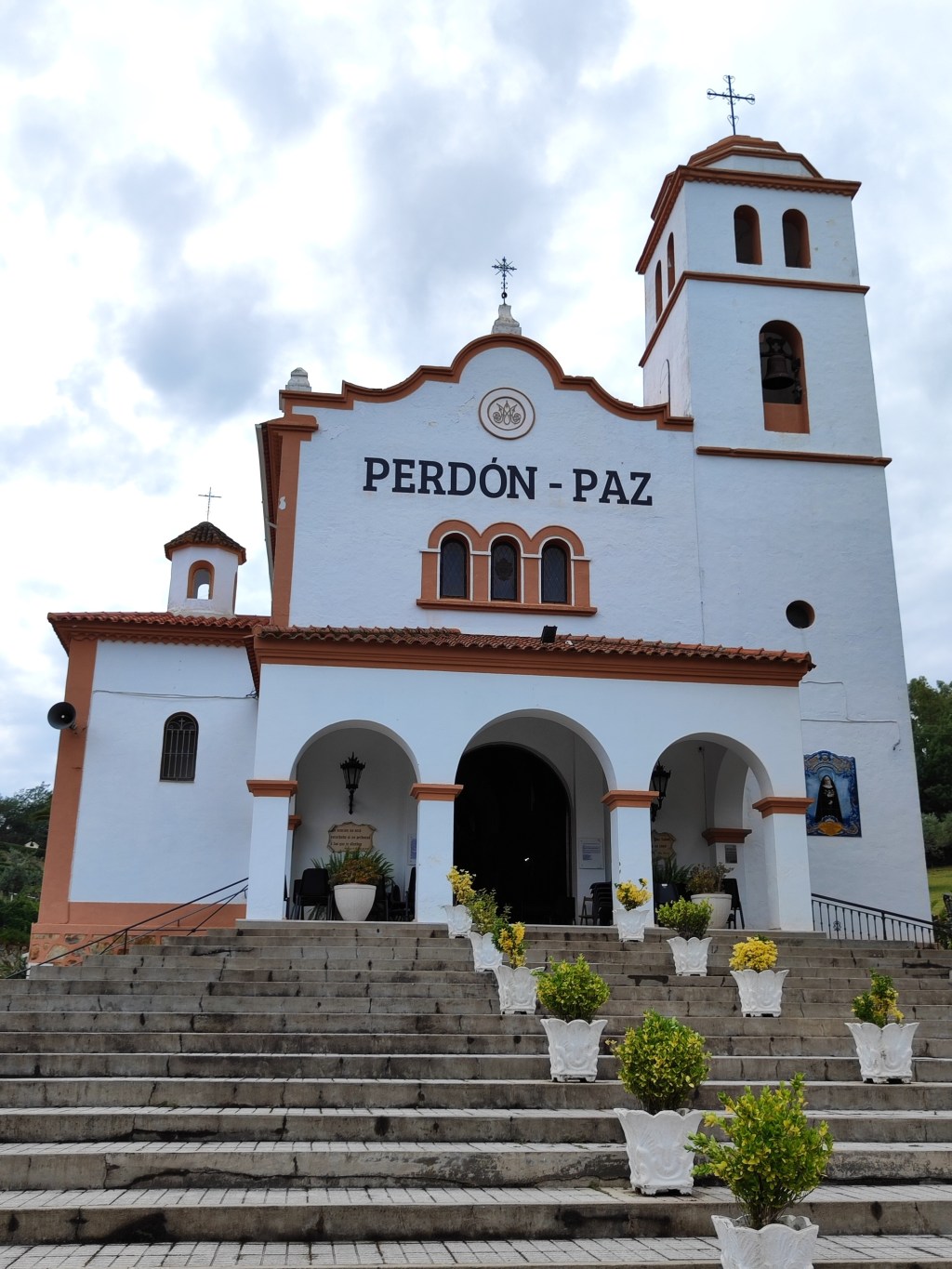Continuing a long series of letters on Marian phenomena, the prefect of the Dicastery for the Doctrine of the Faith (DDF) has addressed a letter to Archbishop José Rodríguez Carballo of Mérida-Badajoz (Spain), formerly the Vatican dicastery's “number two” in charge of consecrated life. In this letter, dated August 22, 2024, and issued following an audience with Pope Francis, the DDF “readily grants its consent” to the continuation of a spiritual experience in Spain regarding Our Lady of Sorrows.
In the letter, titled “A Light in Spain,” the Argentine cardinal refers to the devotion to Our Lady of Sorrows that began in a Spanish village in the summer of 1945, based on “the spiritual experiences that Marcelina Barroso Expósito and Afra Brígido Blanco separately experienced.”
The shrine, called Nuestra Señora de los Dolores de Chandavila, is in west central Spain, right on the border with Portugal, in the province of Badajoz.
The story of the apparitions
The Argentine cardinal explains that Marcelina “saw a dark shape in the sky. At other times, it became more apparent that this shape was the Virgin of Sorrows, with a black mantle full of stars, on a chestnut tree.”
However, thanks to the way the Blessed Virgin kissed the girl on the forehead, “what stands out the most is the presence of the Virgin that instills consolation, encouragement, and confidence.”
“When the Virgin asks Marcelina to walk on her knees through a stretch of dry chestnut burrs, thorns, and sharp stones, she does not do so to cause her suffering,” explains the cardinal. On the contrary, he points out, “This call of the Virgin to trust in her love gave this poor and suffering girl hope, and also the experience of feeling dignified.”

“Is that simple mantle, made of reeds and grasses with which Our Lady protected the girl’s knees, not a beautiful expression of Mary’s tenderness?” explains the cardinal. “At the same time, it was an experience of beauty because the Virgin appeared surrounded by luminous constellations, like those that could be admired at night in the clear sky of the small villages of Extremadura, Spain,” he adds poetically.
The cardinal recalls that after these alleged visions, the two women “[b]oth dedicated themselves to works of charity, especially to caring for the sick, the elderly, and orphans, thereby transmitting to those who are suffering the sweet consolation of the Virgin’s love that they had experienced.”
No objections
The Dicastery for the Doctrine of the Faith therefore says, “there is nothing one can object to in this beautiful devotion,” with the cardinal noting that “many positive aspects indicate an action of the Holy Spirit in so many pilgrims who come, both from Spain and Portugal, in the conversions, healings, and other valuable signs” that occur at this small shrine in Chandavila.
He therefore hopes that this place, “heir to a rich history of simplicity, few words, and yet much devotion may continue to offer the faithful who wish to approach it a place of interior peace, consolation, and conversion.”
This letter is a further application of the new Norms on Supernatural Phenomena published on May 17, 2024, by the Dicastery for the Doctrine of the Faith. In the case of nihil obstat, as is the case for this Spanish shrine, “even if the event itself is not declared to be of supernatural origin, there is still a recognition of the signs of the Holy Spirit’s supernatural action in the midst of what is occurring.” The local bishop is therefore encouraged to promote the spread “of this spiritual proposal.”




